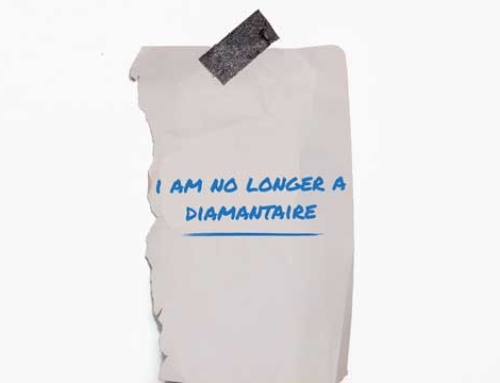Discovered in the heart of a diamond found in Botswana, this mineral was named davemaoite. It had never been observed on the surface of the earth.
Until now, researchers thought that this mineral was impossible to find on the surface of the earth because of its crystalline structure, which only forms under high pressure and at high temperature in the earth’s mantle. As a consequence of this particularity, when it rises to the surface, it decomposes into other minerals. Thus researchers had never found direct evidence of its existence. However, it was inside a Botswana diamond, which formed in the mantle about 660 kilometers below the Earth’s surface, that scientists discovered an intact sample of davemaoite. The International Mineralogical Association has thus confirmed that davemaoite is a new mineral.
A cutting-edge technique
Published in the journal Science on November 11, this discovery was a real surprise for the researchers. This discovery was made possible by the use of a state-of-the-art technique: synchrotron X-ray diffraction. It consists of concentrating a high-energy X-ray beam on certain points of the diamond with microscopic precision. “By measuring the angle and intensity of the returning light, researchers can decipher what’s inside,” Oliver Tschauner, a mineralogist at the University of Nevada and lead author of the study, told Live Science. “The sample of davemaoite in the diamond was only a few micrometers long, so less powerful sampling techniques would have missed it,” he added.
An important geochemical role in the Earth’s mantle
This discovery opens up many possibilities for researchers, as davemaoite is thought to play an important geochemical role in the Earth’s mantle. This mineral may also contain other trace elements, including uranium and thorium, which give off heat through radioactive decay. “Therefore, davemaoite could contribute to generating a significant amount of heat in the mantle,” said Oliver Tschauner.
While a 2014 study published in Science had described another theoretical high-pressure mineral from the mantle, known as bridgmanite, the sample studied was not from the mantle but rather from the interior of a meteorite. “The discovery of davemaoite shows that diamonds can form lower in the mantle than previously thought, and it suggests that they may be the best place to look for other new mantle minerals,” he added. With the prospect, perhaps, of filling in our lack of knowledge about the chemical composition of the entire Earth’s mantle.







